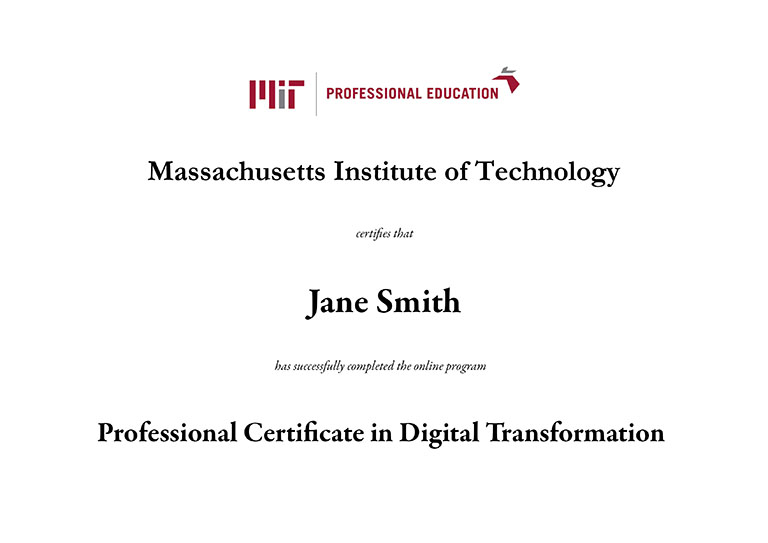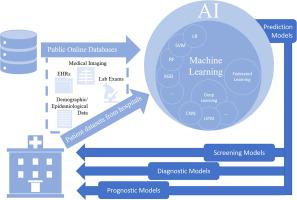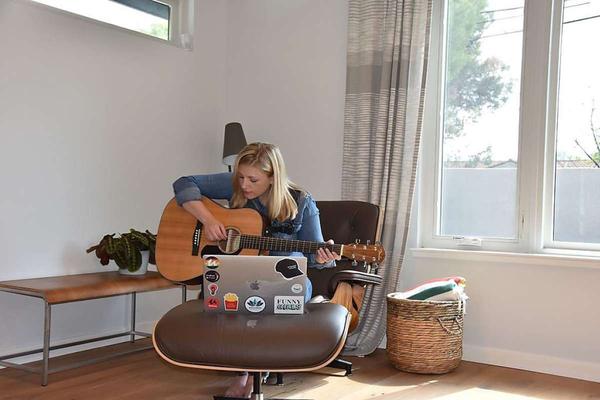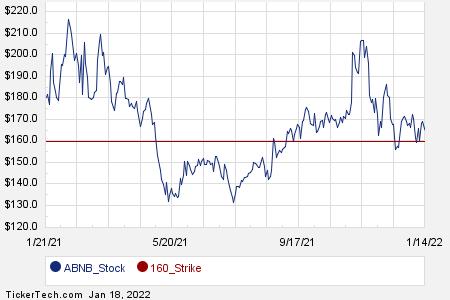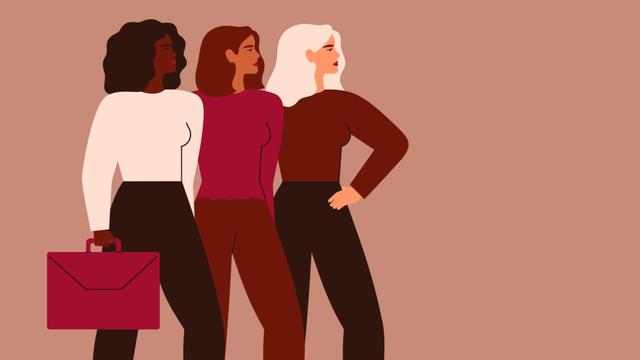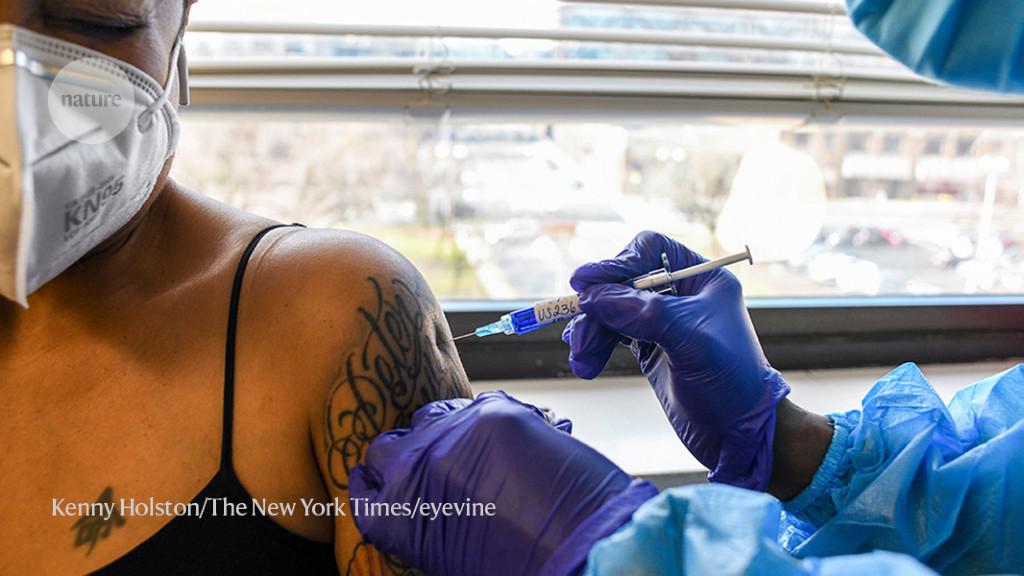Ready To Embrace The New Era of Intelligent Retail?
Evolve or die. Sounds dramatic, I know, but unfortunately, it is true. Many fashion retailers who did not include technology in their business strategy were pushed over the edge by the pandemic. Although COVID 19 did not cause their downfall, their reluctance to adopt innovation designed to help them do business more suited to the 21st century did.
A great example of a fashion business embracing all the joys that innovation brings is Farfetch. The online retailer recently announced that they had partnered up with $184 million tech giant Thredup. Their objective is to use the technology and logistics platform to power their circular fashion experiences.
With the customer at the centre of their decision Farfetch decided that by offering a sustainable service that rewards their shoppers, they will also play a role in helping them shop smarter. They did this by offering extras like a repair service. I think that this is a genius move by Farfetch.
I mentioned earlier that a few fashion brands toppled when the pandemic hit; one of those brands was high street favourite Topshop. They did not understand that digitalisation is not merely about opening an online store and delivering clothing but also about customer engagement and brand building.
If you wonder what role technology could have played in preventing Topshop’s demise, let’s start with its fast-fashion business model. It was a model that hardly incorporated sustainability into its strategy, something that Topshop did not seem in a hurry to rectify. Moreover, by not evolving, the high street brand was not prepared for the conscious consumer, a new Topshop customer who was “woke” and demanded that the brand change with the time.
Another way Topshop missed the boat was by not taking the opportunity to experiment with new technologies. Yes, they dipped their toe in the pool of innovation with their collaboration with Bpay, which introduced contactless pay accessories, but that was as far as they went. For a brand that was all about being forward-thinking, they should have committed and experimented further.
As collaborations like the one between Stella McCartney and Bolt Threads pick up momentum, I wonder if Topshop had collaborated with some of the young startups that we’re offering the industry retail tech solutions, would they have been able to alter their conventional ways of working? Maybe, but I do know that such an unwillingness to try something new has resulted in some one-time big retailers being talked about in the past tense now rather than still in the present tense.
Trending Innovation
So are you still wondering how technology can change retail as we know it? Well, let’s talk trends.
Whenever I think of trending innovation, I break it down into three stages: the technology that is still trying to convince us, the technology that has nearly convinced us and the technology that has finally convinced us of its value. Trending in 2021 is Artificial Intelligence, also known as AI.
AI in retail is the hottest and the most promising innovation trend. This is because AI allows retailers to become more customer-centric.
Those adopting this technology can offer personalised recommendations. It is a change that I have seen take off in the beauty industry. Makeup giants like Sephora & Olay have been using AI to connect with their customers in a way that was never possible before.
Also, AI has played a significant role in online retailers. They have been able to turn to size solutions designed to help them help their customers find the right clothes sizes. One of those online stores is ASOS.
With AI making it a lot easier for retailers to provide a more personalised experience, brands like UNIQLO embrace this new era of intelligent retail. The retailer has embraced AI to better understand who their customer is and serve them better.
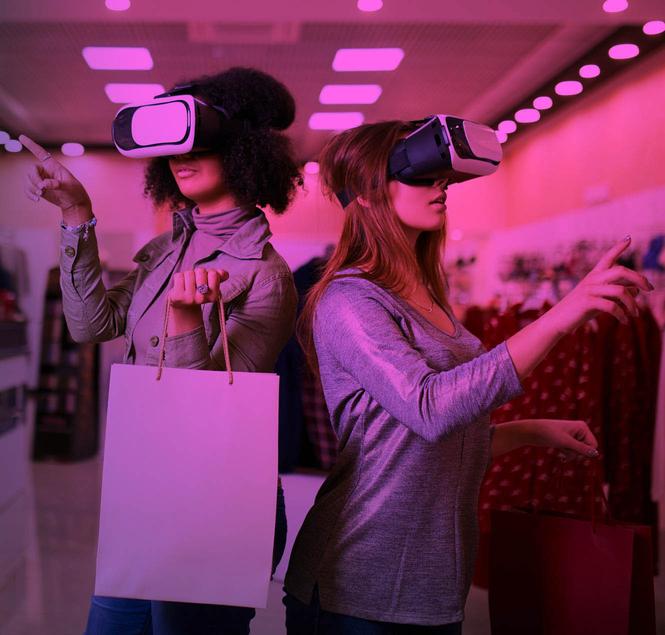
Then there is IoT. It is a technology that is transforming retail as we know it. At present, retailers use IoT sensors to monitor customer satisfaction, track assets and provide supply chain insights.
IoT allows retailers to modernise and upgrade their operations and streamline inventory management. If you think, “huh”, let me give you an excellent example of AI at work. Some retailers have started to use intelligent shelf systems. They depend on Radio-Frequency Identification, also known as RFID technology. RFID tags are like barcodes – they allow retailers to monitor goods throughout the entire supply chain. This type of technology has been quoted as being one of Zara’s secrets because the Spanish brand uses RFID in its stores.
My favourite use of IoT has to be used for targeted notifications. Imagine walking past your favourite store and then suddenly “ping”, you are notified that the dress you wanted purple and in your size is available in the store you are near. It is believed that such personalised alerts will allow retailers to communicate with potential customers to bring them o the store.
This is something that already happens online. I am sure most of you have searched for a particular item, and a few days later, you are on Facebook, and an offer pops up letting you know that you can claim 10% off an item from the online store you were in yesterday. Creepy, maybe, but for retailers, this helps them always stay connected to their customers while also encouraging new customers to shop with them.
Environmental & Social Awareness
Believe it or not, technology plays a pivotal role in helping retailers be more sustainable. Of course, no one can be 100% sustainable, but that doesn’t mean that you cannot be 60%. One of those ways is through digital receipts. I am sure I am not alone when it comes to collecting endless receipts, just in case. Well, no longer, I am looking forward to the day that digital receipts replace paper 100%.
Another innovation helping retailers be more sustainable is conscious consumption technology. It is a solution that allows businesses and customers to track a product.
When a product is connected, it unlocks unprecedented customer insight and competitive advantage that enables brands and retailers to monetise and scale new circular business models such as rental, resale, digital wardrobing, peer-to-peer exchange, styling services, reuse and recycling.
A startup that offers this technology is EON. Founded by Natasha Franck, EON has found a way for the industry to overturn the traditional fashion trope of “take, make, waste” by providing brands with the capabilities that help them manage, control and monetise their products through new circular business models.
As they continue to collaborate with various brands and retailers, like Save My Wardrobe, EON’s idea of a digital passport for products through its CircularID™ is most likely going to create a scenario where retailers can achieve the vision of a circular economy by digitising products on a large scale and making a connected products economy.
Another way retailers use technology is to target customers with certain offers according to their location. A retailer that does this well is Zara. For example, the collection they sell in their Paris stores is most likely not going to be the same as what they sell in their Amsterdam store. They use technology to learn who their customer is in those areas. It is an approach that concentrates on their customer’s needs and wants in terms of physical, climate or cultural differences.
Social Commerce
Powered by fashion-tech innovation, e-commerce has become a social experience where social shopping is becoming the norm. Changing the game, many fashion businesses are now looking for ways to take advantage of the social commerce boom to drive more sales.
A great example is Boo Hoo. Capitalising on the boom, the online fast-fashion retailer’s social media strategy has been integral to its success. So much so that the company saw an online sales rise of 45% in the three months during the lockdown. Their secret, they have found a way to seamlessly target and engage a young audience, especially on Instagram.
With social commerce on the brink of snowballing, I would not be surprised if the birth of the socially-minded shopper has made it crucial for retailers to live up to the expectations of today’s new customers.
So let’s talk about the fashion retailers who are exploring the tech space. What drives them? Well, consumer behaviour and pressure to change. The good news is that innovation is helping to lift the burdens that retailers currently have. Let’s see how.
Lastly, innovation is helping retailers close the gap between offline and online commerce. Rebecca Minkoff is an excellent example of a brand that has managed to do this.
Unique Retail Experiences
So what unique experiences are proving popular with retailers. Well, retailers are utilising immersive technologies to interact with their products remotely. You have probably seen this with beauty brands like Charlotte Tilbury, which make it easier for customers to experience their brand from the comfort of their own brand.
Then there is analytics. Retailers are turning to specific tools to help them make data-driven decisions that will help them provide shoppers with a more customised experience and, in the back end, help their business with merchandise tracking, adjusting staffing levels, monitoring promotions, etc.
Cashier-less stores offer retailers many perks. One of those is that it gives them data on shopper behaviour and movement within a store, which allows them to make decisions that can better align their offerings. Oh, and it also means shorter queues!
Did you know that 5 billion pounds of returned apparel ends up in landfills annually or is burnt? This is the scary amount that makes innovation in this space gold. Retailers can use various technology-enabled solutions to help them streamline, optimise, and reduce the cost of returns for retailers and/or customers. The technology is machine learning, solving a retailer’s potential blind spot returns.
Have you ever walked into a store looking for that top you saw in a magazine only to realise that they no longer have it and cannot tell you when they have it back in? Well, that kind of inventory management has become prehistoric. However, using cloud-based software, retailers can offer consumers what they want without ending up with overstock.
Now I want to get you excited about what is going on right now. Some forward-thinking retailers are creating experiences with the help of technology.
In 2019, Canada Goose combined immersive and interactive experiences. Capitalising on social media, Canada goose created rooms that allowed people to try on parkas at temperatures as low as −25°C. Their objective was to enable customers to test their products in the environments that it was built for.
In July 2020, Burberry’s first social retail store in China’s tech capital, Shenzhen, opened. Gamifying the store experience and rewarding customers for their engagement, Burberry hoped to capitalise on the region’s love of luxury retail and social media. By combining the two, they could make it an immersive and interactive experience.
In 2018 in Harajuku, Japan, Lush introduced Labs that allowed customers, through their app, to access product information and in-store interactivity.
Inviting shoppers to scan their selected product with the Lush Lens with their mobile, customers could find out information, including its name, ingredients, properties and benefits.
In 2018, Zara introduced AR technology to its stores for a limited time. Offering customers the opportunity to interact with the space around them, Zara’s exterior window displayed in-store AR zones. Virtual models used the empty display unit behind the window as a catwalk. The innovation not only introduced AR to the mainstream customer but also prompted the brand to experiment with immersive technologies.
In summer 2020, & Other Stories debuted a vending machine experience that allowed customers to try out a range of products from its beauty and fragrance.
The interactive hub allowed & Other Stories to collect data to determine whether they should scale it. That’s the thing when innovating; it makes sense to experiment on a small scale, see if it works for you and then look to expand.
In 2018 Nike opened a store called the ‘Nike House of Innovation 000’. The sports giant could use specific solutions to create an immersive and convenient experience for shoppers.
Now Let’s Conclude
After hearing about some of the exciting things taking place online and on the high street, you will have little doubt that technology and retail go hand in hand.
As we enter 2022, it is becoming more apparent that retailers can no longer rely on traditional methods to attract customers into their stores; they need to embrace new technologies so they can face the ever-evolving retail landscape with the right tools at their side.
Share Your Tips & Corrections
Muchaneta Kapfunde
Founding Editor in Chiefat FashNerd.com |editor@fashnerd.com|WebsiteFounding editor-in-chief of FashNerd.com, Muchaneta is currently one of the leading influencers writing about the merger of fashion with technology and wearable technology. She has also given talks at Premiere Vision, Munich Fabric Start and Pure London, to name a few. Besides working as a fashion innovation consultant for various fashion companies like LVMH Atelier, Muchaneta has also contributed to Vogue Business, is a senior contributor at The Interline and an associate lecturer at London College of Fashion, UAL.



